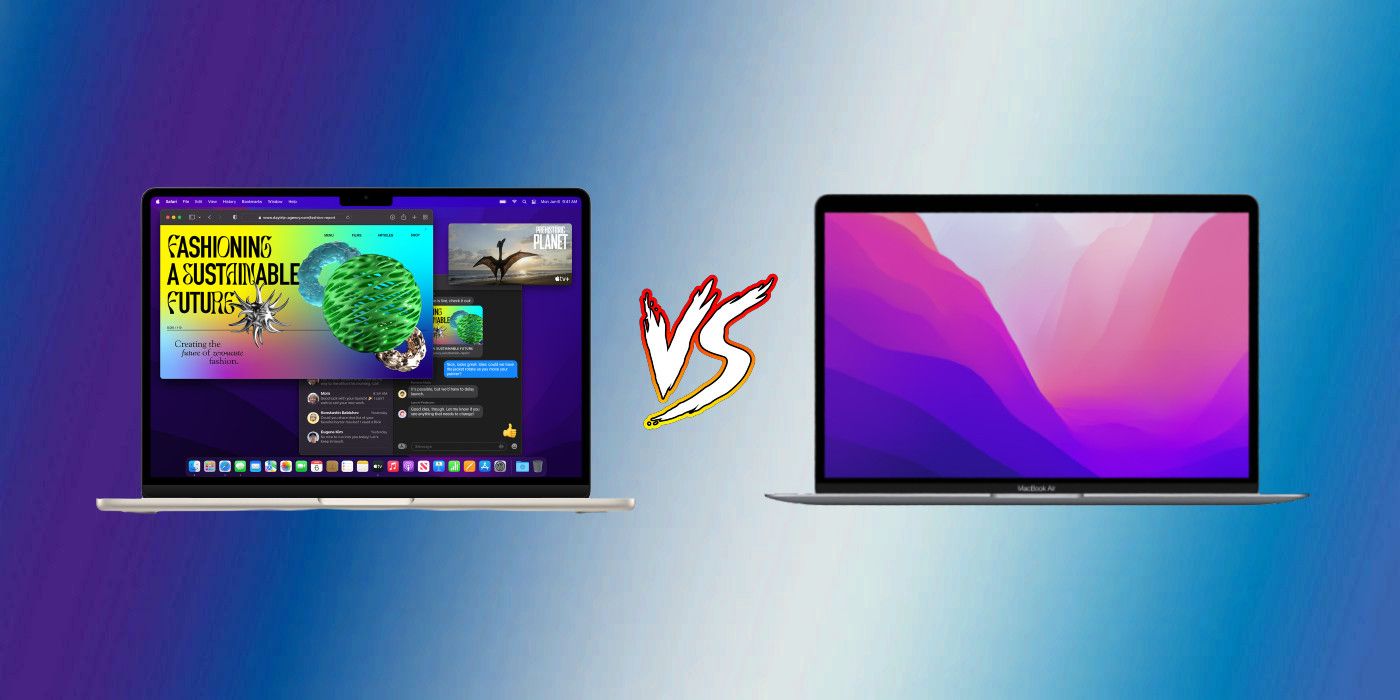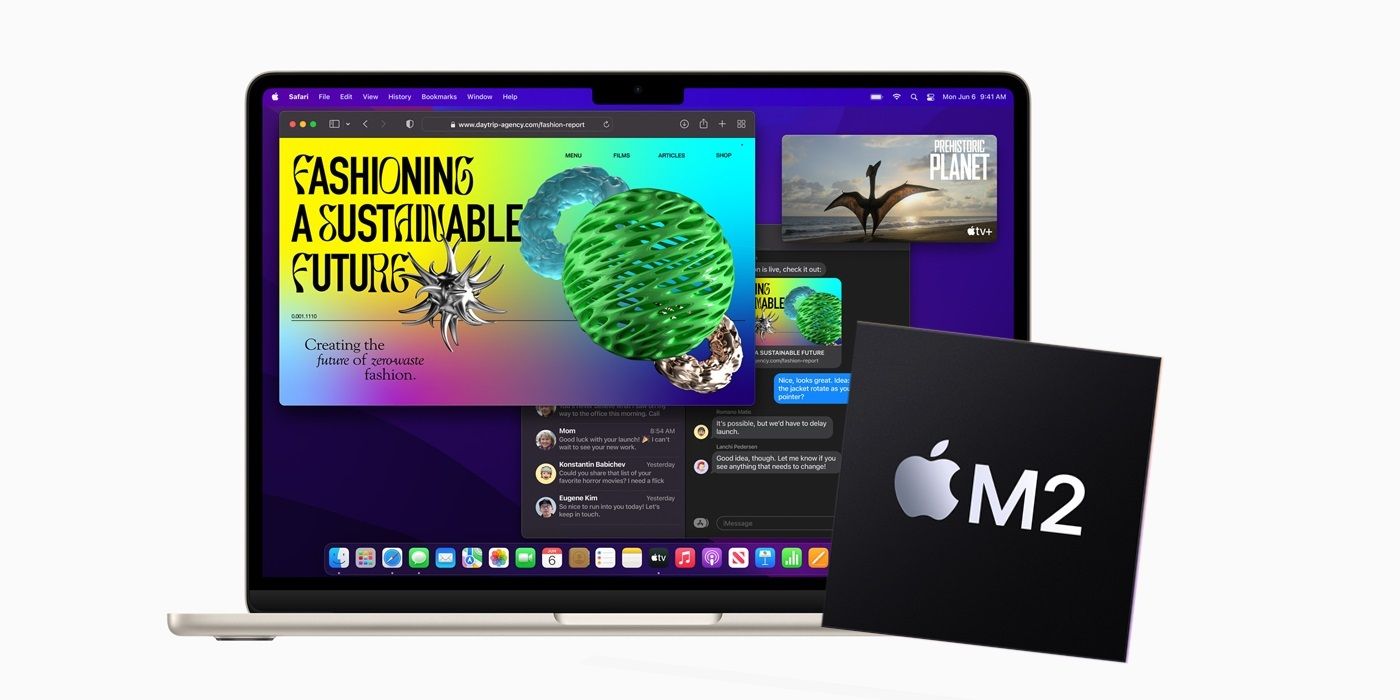The MacBook Air M2 was announced at Apple's WWDC event on June 6 as an upgrade over the MacBook Air M1 launched back in 2020. The M1-powered model carried forward many design elements from its predecessors, but received massive upgrades in terms of performance and battery life. The latest MacBook Air brings further changes and a newer design language compared to the older model, but is it worth its asking price?
Alongside the new M2-powered MacBook Air, Apple also launched a new M2 MacBook Pro at WWDC 2022. The two devices may be powered by the same processor and offer the same RAM and storage options, but they have a host of differences in terms of their design and hardware. Alongside the two MacBooks, Apple also announced the latest versions of its operating systems, including iOS 16, iPadOS 16, watchOS 9, and macOS Ventura at WWDC.
The M2 MacBook Air ditches the wedge-shaped design of its predecessor in favor of flat edges and rounded corners seen on MacBook Pro models. It also comes with ultra-thin bezels around the display. At 2.7lbs, it is 0.1lb lighter than the M1 MacBook Air, but Apple says there's a 20 percent reduction in volume. The new model features a redesigned Touch ID button when compared to the M1 Air, as well as full-size function keys at the top. The M2 Air also comes with a quad-speaker setup with Dolby Atmos support instead of the basic dual-speaker setup on the M1 Air.
M2 MacBook Air And M1 MacBook Air: All The Upgrades
The biggest difference between the two models is the chip that powers them. Apple claims that the M2 is up to 1.4 times faster than the M1, thanks to its 18 percent faster CPU, 35 percent faster GPU, and 50 percent increase in memory bandwidth. While both the M1 and M2 have octa-core CPUs, the base M1 Air comes with a 7-core GPU, whereas the M2 models start with an 8-core graphics option that goes up to 10 cores for the top-end model. The 13.6-inch display on the M2 MacBook Air is also slightly larger than the 13.3-inch one on its predecessor. This also translates to a small increase in resolution, from 2,560 x 1,600 pixels to 2,560 x 1,664 pixels. The brightness has also been bumped up to 500 nits from 400 nits on the earlier model. There's also a 1080p webcam, replacing the 720p camera on the M1 Air.
In terms of ports and connectivity options, both models come with two Thunderbolt 3 ports with support for USB 4 and USB 3.1 Gen 2 speeds. However, the M2 Mac comes with a combo 3.5mm socket that is absent on the M1 MacBook Air. Pricing is another notable area of difference between the two models. While the M1 Air starts at $999 for the base model, the M2 Air comes with a $1,199 base price. However, Apple intends to sell both models side-by-side, so is the new model worth the $200 premium?
To answer that question, would-be buyers need to evaluate what purpose their new laptop will serve. The M2 Air comes with some obvious performance benefits over its predecessor, making an already-capable device even better. This is especially true for tasks like photo and video editing. The M2 Mac is faster, more power-efficient, better designed, and has new-age features inspired by the more expensive MacBook Pros, such as MagSafe charging. That makes it the better option for those who can fork out the additional cash. For those on a budget, however, the M1 Air is still a pretty good device that will continue to remain a strong performer for years. It will also receive macOS updates for years to come, making it a great choice for those looking to buy a powerful MacBook Air at a relatively affordable price.


